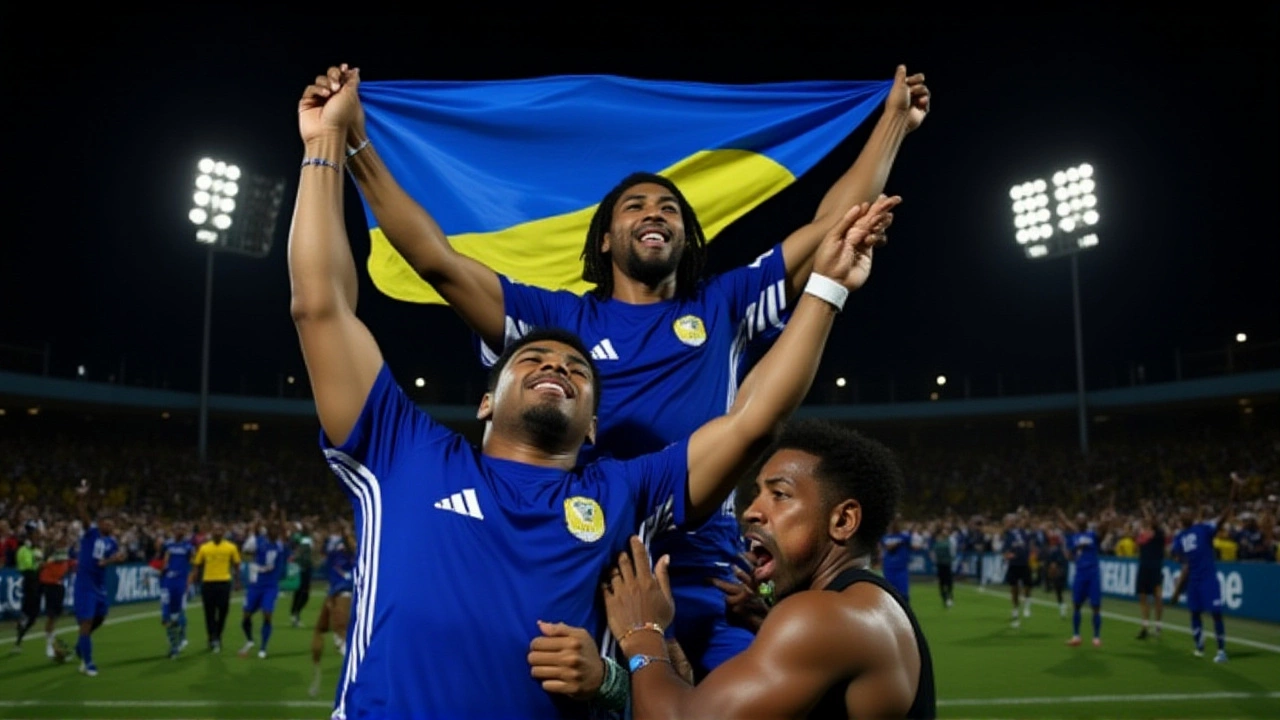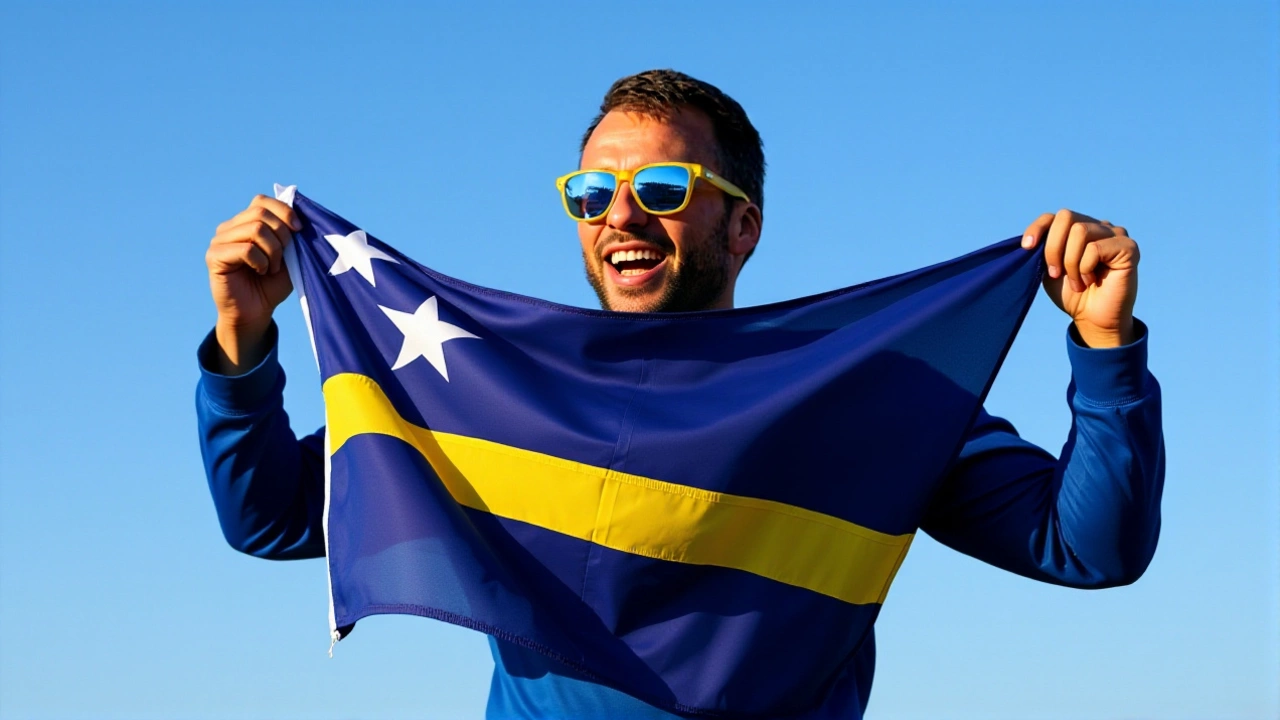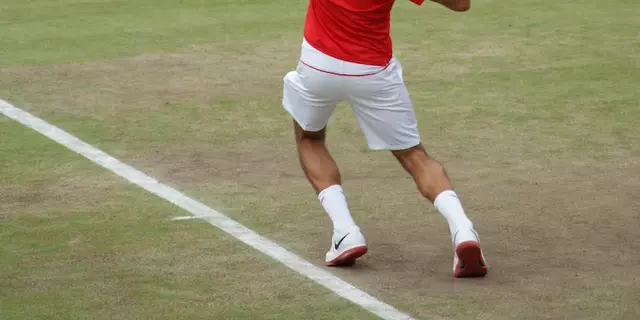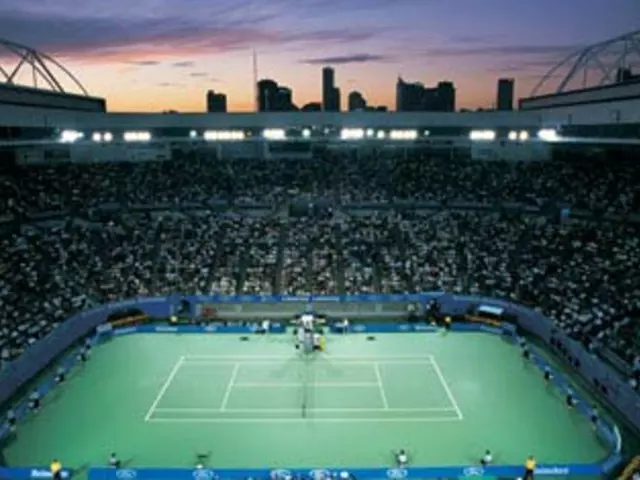On a humid Wednesday night in Kingston, under the glare of floodlights and the roar of a packed National Stadium, Curaçao did the unthinkable. A 0-0 draw against Jamaica wasn’t just a result—it was a revolution. With that single point, the tiny Caribbean island, home to just 156,115 people, became the smallest nation in history to qualify for the FIFA World Cup 2026United States, Canada, and Mexico. They didn’t just qualify. They rewrote the rules.
The Impossible Math
Think about that number again: 156,115. That’s fewer people than live in some U.S. suburbs. Curaçao’s landmass? Just 444 square kilometers—smaller than Manhattan and Staten Island combined. Yet here they are, standing shoulder to shoulder with giants. They’ve surpassed Iceland, whose 350,000-strong population once held the record after their stunning run to the 2018 World Cup. Back then, fans called it a miracle. Now? It looks like a warm-up.
Curaçao didn’t get lucky. They built this. Over six matches in the Concacaf qualifiers, they went unbeaten. Seven goals against Bermuda. Clean sheets against Honduras and Suriname. And on the final day, in the belly of the beast, they held Jamaica—ranked 15 spots higher in FIFA’s rankings—at bay. Twelve points. One point clear. No losses. No drama. Just cold, quiet, relentless football.
The Diaspora Engine
How? The answer isn’t in the soil of Curaçao—it’s in the streets of Rotterdam, Amsterdam, and Utrecht. The national team is, in many ways, a diaspora project. More than half the squad was born or raised in the Netherlands, developed in elite academies like Ajax and Feyenoord, and chose to wear the Curaçao jersey over the Dutch one. It’s a quiet rebellion. A declaration: identity isn’t about birthplace. It’s about belonging.
This wasn’t accidental. The Curaçao Football Federation spent years targeting players with Curaçaoan heritage who were stuck in the Dutch system’s lower tiers. They offered something money couldn’t buy: purpose. A chance to represent a homeland many had never lived in, but still felt in their bones. Lawyer Monthly called it "the most sophisticated talent pipeline in CONCACAF." And now, it’s paying off in ways no one saw coming.
The Absence That Made History
Even the coaching staff had its own twist. Dick Advocaat, the veteran Dutch tactician who guided Curaçao through most of the campaign, missed the decisive match. Family reasons, he said. He was back in the Netherlands. His assistant, a former Curaçaoan player named Renato Sanches (no relation to the Portuguese international), stepped in. No press conference. No fanfare. Just a 4-4-2 formation, a few tactical tweaks, and a team that refused to blink.
"We didn’t need him to be there," one player told reporters afterward. "We knew what to do. We’ve been training for this since we were kids. We just had to believe it was possible."

Who Else Made It? The New Small-Nation Club
Curaçao isn’t alone. Cape Verde, population just over 500,000, topped a brutal African group featuring Cameroon and Libya. Panama, with 4.3 million people, also punched above their weight. But Curaçao? They’re in a league of their own.
It’s not just about population. It’s about perception. For decades, football’s hierarchy assumed size mattered. Bigger nations had more players, better infrastructure, more funding. But Curaçao proved that focus beats volume. Passion beats resources. And unity? Unity beats everything.
What’s Next? The Draw and the Dream
Now, they wait. The official FIFA World Cup 2026 drawLas Vegas is set for Friday, December 5. They’ll be placed in one of the three regional groups—East, Central, or West—facing teams from North America, Europe, or Asia. Will they get the USA? Brazil? Spain? It doesn’t matter. They’ve already beaten the odds.
What happens if they lose 5-0 to Germany? Who cares. They’ve already won. They’ve shown that a nation with no professional league, no top-tier academy, and a population smaller than a single German city can reach the world’s biggest stage.

Why This Changes Everything
This isn’t just a feel-good story. It’s a blueprint. Small nations everywhere—from the Pacific Islands to West Africa—are watching. They’re asking: If Curaçao can do it, why can’t we?
The Curaçao Football Federation didn’t wait for FIFA to fund them. They didn’t beg for development grants. They looked at their people, their history, their diaspora—and they built something from nothing. That’s the real victory.
For decades, football was a game of geography. Now, it’s becoming a game of heart.
Frequently Asked Questions
How did Curaçao manage to qualify without a professional league?
Curaçao’s national team is built almost entirely from players raised in the Netherlands’ elite academies, many of whom have Dutch passports but chose to represent Curaçao due to heritage. The Curaçao Football Federation actively recruited these players, offering them national pride and leadership roles they wouldn’t get in the Dutch system. While domestic football remains amateur, the international squad operates like a professional unit, training in Europe and competing with top-tier discipline.
What makes Curaçao smaller than Iceland in terms of World Cup qualification?
Iceland qualified for the 2018 World Cup with a population of roughly 350,000—more than double Curaçao’s 156,115. While Iceland had a strong domestic league and centralized youth development, Curaçao achieved this without any professional clubs or national stadium infrastructure. Their entire program relies on diaspora talent and strategic recruitment, making their feat statistically more improbable than Iceland’s.
Who is Dick Advocaat, and why was his absence significant?
Dick Advocaat is a veteran Dutch coach with decades of experience managing national teams and top European clubs, including the Netherlands and Russia. He led Curaçao through most of their qualifying campaign, shaping their tactical identity. His absence during the final match against Jamaica—due to family obligations in the Netherlands—tested the team’s independence. Their ability to hold firm without him proved the program’s depth and maturity.
How does Curaçao’s achievement compare to other small nations like San Marino or Gibraltar?
San Marino (population ~34,000) and Gibraltar (~34,000) have never qualified for a World Cup, despite decades of trying. Curaçao’s success stems from a deliberate strategy: leveraging a large, high-quality diaspora in Europe. San Marino and Gibraltar lack this pipeline. Curaçao didn’t just play better—they played smarter, using identity and heritage as competitive advantages, not limitations.
What impact will this have on other small nations in CONCACAF?
Nations like Suriname, Guyana, and Belize are already reevaluating their talent strategies. Many are now establishing formal outreach programs to players in the U.S., Canada, and Europe with Caribbean roots. Curaçao’s success has proven that small populations aren’t a barrier—they’re a launchpad. Expect more diaspora-driven teams in future qualifiers, and possibly a FIFA rule change to prevent "player shopping" by wealthier nations.
When will Curaçao’s World Cup group and schedule be announced?
The official draw for the 2026 FIFA World Cup takes place on Friday, December 5, 2025, in Las Vegas. Curaçao will be placed in one of the three regional groups (East, Central, or West), and their opening match is expected to be in June 2026. Their first opponent could be a traditional powerhouse—but their journey has already surpassed every expectation.





